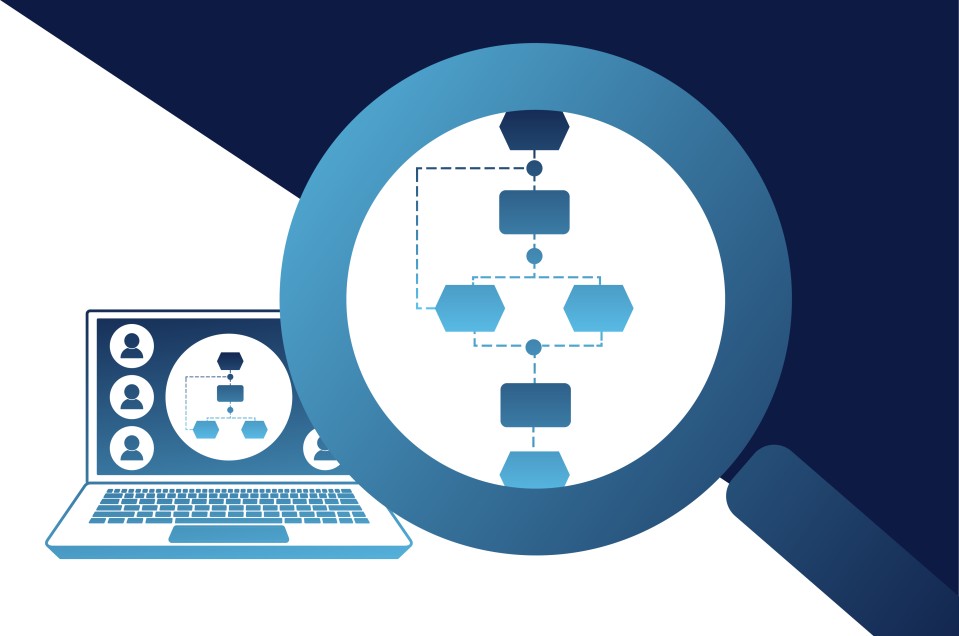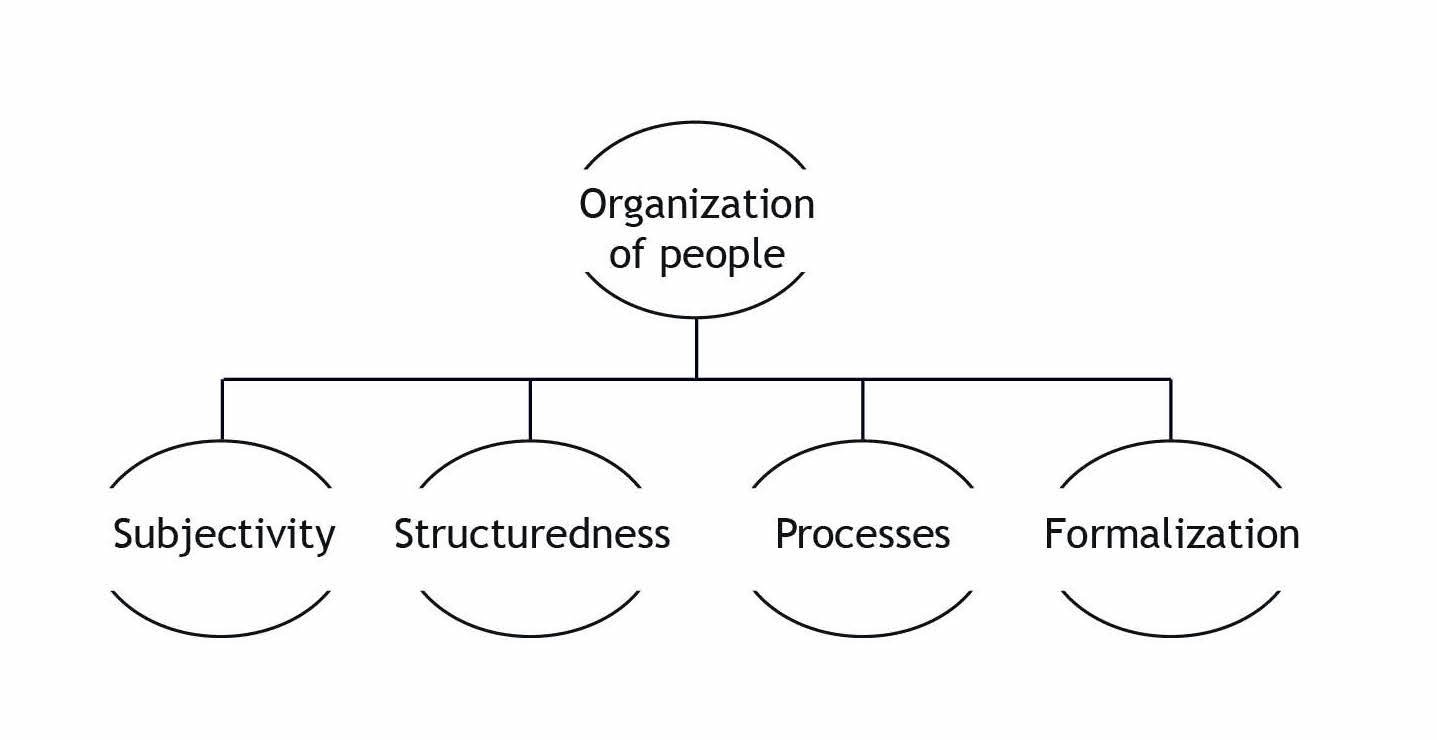Total Quality Manage...
18435 | 6 Apr 2023

Modern organizations are organized according to the idea of work specialization. This idea states that processes should be broken into simple tasks that are usually performed by one person. Accordingly, the organizational structure reflected this functional approach and management had to coordinate functional operations. This functional organization was transformed into a divisional corporate structure for large enterprises. Divisional structure facilitated a diversification strategy by supporting expansion into new markets and products. As a result, capital has become a critical strategic resource, and strategic planning is crucial as a management practice. The rapidly changing demands of the business environment necessitate spin-offs from the traditional organizational model. According to this tendency, the most important external forces are globalization in many industries, the shortening of product life cycles, the convergence of technologies and associated blurring of industrial boundaries, massive deregulation in industry and the need to build and renew technological capabilities for success in intensive industries.
Economic growth has slowed over time, competition has intensified, and buyers have become more and more demanding. The tendency towards customer orientation has become one of the main business challenges. Companies have tried different strategies within the existing organizational paradigm for dealing with new challenges of the external environment. Transformation of structures in matrix organizations, business decentralization, greater customer involvement and other company adjustments did not produce the desired results. The fundamental reason for the relatively poor results of these adaptations was that the organizational structures were essentially unchanged and continued to operate according to traditional structures, where customers are given only a secondary role in shaping the way the company operates and organizes its activities.
When designing process-oriented organizations, it is critical to consider the quality of the implementation of each process and to understand how a particular procedure or process may affect other processes and the end results. This understanding must be done in an organized manner, as it is necessary to formally define the owners of the processes, document them correctly and systematically, and continuously measure all of their results. For this purpose, the BPM tool is used, which is intuitive and brings a higher flow of communication and greater transparency of information.
Processes are characteristic of any organizational design. They begin by understanding how deeply they regulate business practices and ultimately affect performance. Processes are everything an organization does every day, by everyone, over the years, even decades. These thousands and millions of small and large actions, words and thoughts comprise an organizational culture and predict and define how it will operate over time. In the company, the operative culture must be installed on two levels. The higher level is how the company is structured at the level of the organizational chart, internal division and general approach. At the lower operational level, we have ways of managing activities, their sequence and related processes. Processes that need to be optimized can be general for the company or specific to certain sectors. In any case, the ultimate goal is always to combine performance (creating value for the customer) and efficiency (performing with as few resources as possible).
Kern (2020) divides the organization of people into four aspects (Figure 1):

Figure 1: Organization of people (Adapted from Kern, 2020)
Subjectivity is not a dominant factor in effectiveness. The organizational structure affects overtime efficiency much more than subjectivity; however, it does not have the largest share of influence of all the four aspects listed. Efficiency is most affected by structuredness and processes and everything that limits them and enables processes. A business system is ineffective if there is too much gap between structures and processes. Business systems become ineffective because the structures of business systems fail to adapt to the changing demands and dynamics of the business environment of process implementation changes. This happens because the structures of business objects become stable, and therefore, the boundaries between business subsystems become prominent, so the process has to adapt to rigid structures and becomes inefficient. The structures remain the same, but the processes change. Smaller and younger entities have a smaller organizational gap and vice versa. No one designs inefficient business systems because they were not like that at the time of their creation. The resulting divide is difficult to prevent. Organizations need to know how the gap came about, and what must follow is the reorganization of all four aspects of human organization (Figure 1). But for this to be feasible, the business system must be sufficiently adaptable and flexible, for which they must be adapted.
Companies today are basically divided into basic organizational units organized around fundamental processes. Leadership marks an organizational process structure that is focused on the final delivery of products and services performed by processes along the value chain. Thus, the purpose of the process structure moves away from management based on separate departments hindered by the distance between hierarchical levels. The process should run the same way, avoiding bottlenecks and the waste of unnecessary resources. In search of efficiency and effectiveness in the organizational process structure, the value created by the company is managed so that the process always leads everyone to the next step that must progress effectively.
What are your thoughts on the subject above? Feel free to post a comment or start a discussion.
Leave A Comment